Excerpt from the essay “The Experience of Prana” written by Nayaswami Gyandev McCord. We are excited to welcome Gyandev as our special guest teacher for the 27th Anniversary SOYA Annual Retreat in Sorrento, BC, June 3-5, 2022.
The Importance of Feeling
Reflect: If we want a closer connection with someone, isn’t it true that we must in some way work with that person’s reality? We need to “know where she’s coming from.” It’s the same with the prana. Life-force is not a “dumb” force, like electricity. It has a natural intelligence, through which it governs bodily functions and healing. To make a closer connection with it, we need to cooperate with that reality, not try to dominate it. And one of the foremost realities of the life-force in the body is that it is intimately linked to our state of mind.
Think of something you hate to do. Even if it’s a relatively easy task, your resistance limits the energy you can “mobilize,” and the task literally becomes harder for you, even tiring. But for a task that you really enjoy doing, you have plenty of energy, even if you’re tired at first. Enjoyment, even anticipated enjoyment, invites a flow of prana from all around you, whereas resistance reduces your ability to use even the prana already within you. This elementary fact is a key to all Yoga techniques—and in fact, to everything we do in life: Until we bring our natural feeling capacity to bear, we are not going to be as successful as we could be.
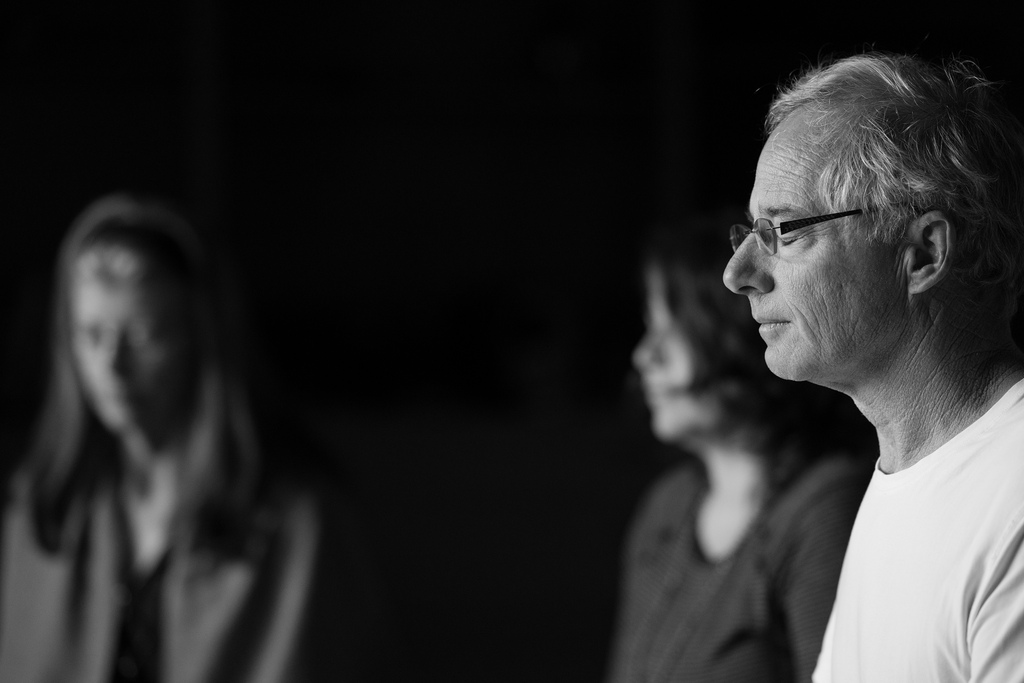
Consider the Full Yogic Breath: Sit upright and breathe through the nose in the bottom-to-top/ top-to-bottom pattern, observing the upward and downward flows of prana as you inhale and exhale. This in itself can be a very calming and internalizing practice, but you also can use it to enhance the flow of energy via your willpower: try to draw the life-force upward as you inhale, and draw it downward as you exhale. Don’t try to dominate it; rather, cooperate with its natural up-and-down reality, and encourage it to move more strongly, without outward huffing and puffing. This is willingness. Now take it a step farther: add feeling—in this case, enthusiastic enjoyment of the process. It may not seem inherently enjoyable, but you can decide to enjoy it with enthusiasm. Smile. Notice how the flow of energy increases naturally, without your having to breathe heavily to make it happen. The same principle applies to energization exercises. You can tense hard, and with lots of willingness, but until you add feeling, you will not have the energy level that you could have. With feeling—e.g. enthusiasm and enjoyment—you will not only create more tension, but you also will feel recharged and vitally alive when you release.
We can therefore make Yogananda’s maxim even stronger: “The greater the joyful willingness, the greater the flow of energy.” These simple illustrations show how both your “masculine” willpower faculty (head) and your “feminine” feeling faculty (heart) are vital. Willpower gives clarity and direction to feeling, while feeling gives power and engagement to the will. Enjoyment and enthusiasm are simply two examples of working with energy through feeling. It’s important to keep in mind Yoga’s teaching that feeling is fundamentally different from emotion: emotion is agitated feeling. Pure feeling is ever calm; in its highest expression, it is direct, intuitive perception.
Therefore as you bring feeling into your work with energy, remain calm. To the extent that excitement creeps in, you’ll lose inner awareness, and your energy will scatter. If you want to prove this to yourself, simply practice the above techniques with excitement rather than calm enjoyment.
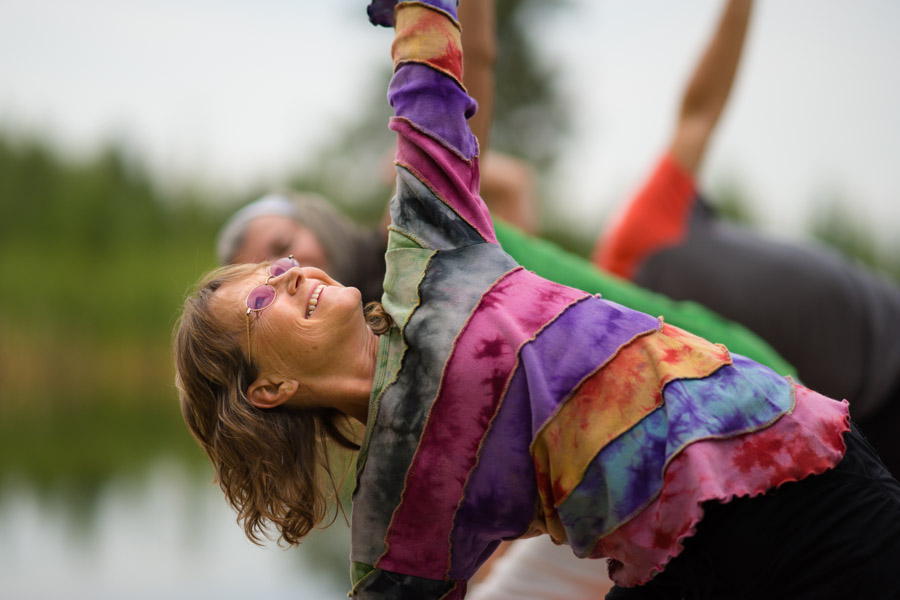
A Living Relationship with Prana
To work effectively with prana, we must be able to control it, i.e., direct it where we want it, and remove it from where we don’t want it. This is invaluable for healing—indeed, for accomplishing anything in our lives, from outward projects to overcoming moods, from successful relationships to spiritual growth. The above techniques can help us develop this, as can any number of other Yoga techniques (e.g., asanas, meditation, chanting) when rightly understood. The energization exercises, however, are particularly good teachers, for unlike the spinal focus of breathing techniques, energization trains us to direct the life- force anywhere in the body. At first, we use physical tension and relaxation, along with willingness and feeling. In time, however, the physical aspect is eclipsed by the energetic aspect. We might still use tension and relaxation, but the movements of energy become the focus, and we experience how energy is under the direct control of the will, without the “training wheels” of physical tension and relaxation. Then we can send energy without using tension, even to body parts that we cannot possibly tense, such as the heart or brain. We can also withdraw energy from places where we don’t want it (e.g., chronically tensed body parts, negative emotions) and send it to places where we do want it (e.g., parts of the body with injury or illness, so they can heal; or ultimately, into the spine and up to the brain for spiritual growth). All this goes well beyond merely experiencing or increasing energy—it is about enjoying a dynamic, productive, living relationship with it.
Yoga offers many techniques for working with prana, and the keys to using them are rightly directed willpower and feeling. When we bring all these elements together, we become more sensitively aware of prana within and all around us, we live on higher levels of energy, and we know how to control that energy to attain our goals: whether to have more strength, resilience, relaxation or vitality; to heal body and mind; to accomplish outward goals; or to pursue that highest of all aspirations: Self-realization.
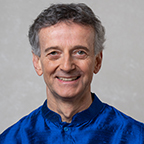
Co-Director of the Ananda Meditation® Teacher Training, Director of Ananda Yoga®, Level 2 Ananda Yoga teacher, E-RYT 500, Raja Yoga Teacher, Spiritual Travel Host, Writer and Lecturer, Ananda Minister
Nayaswami Gyandev McCord is a longtime disciple of Paramhansa Yogananda, and a Kriyacharya (teacher of Yogananda’s Kriya Yoga meditation technique) with Ananda Sangha. He lives and teaches at Ananda Village in Northern California as well as online—primarily training yoga teachers and meditation teachers. He is a co-founder of Yoga Alliance and author of several books, including Spiritual Yoga: Awakening to Higher Awareness, as well as more than 50 yoga videos.
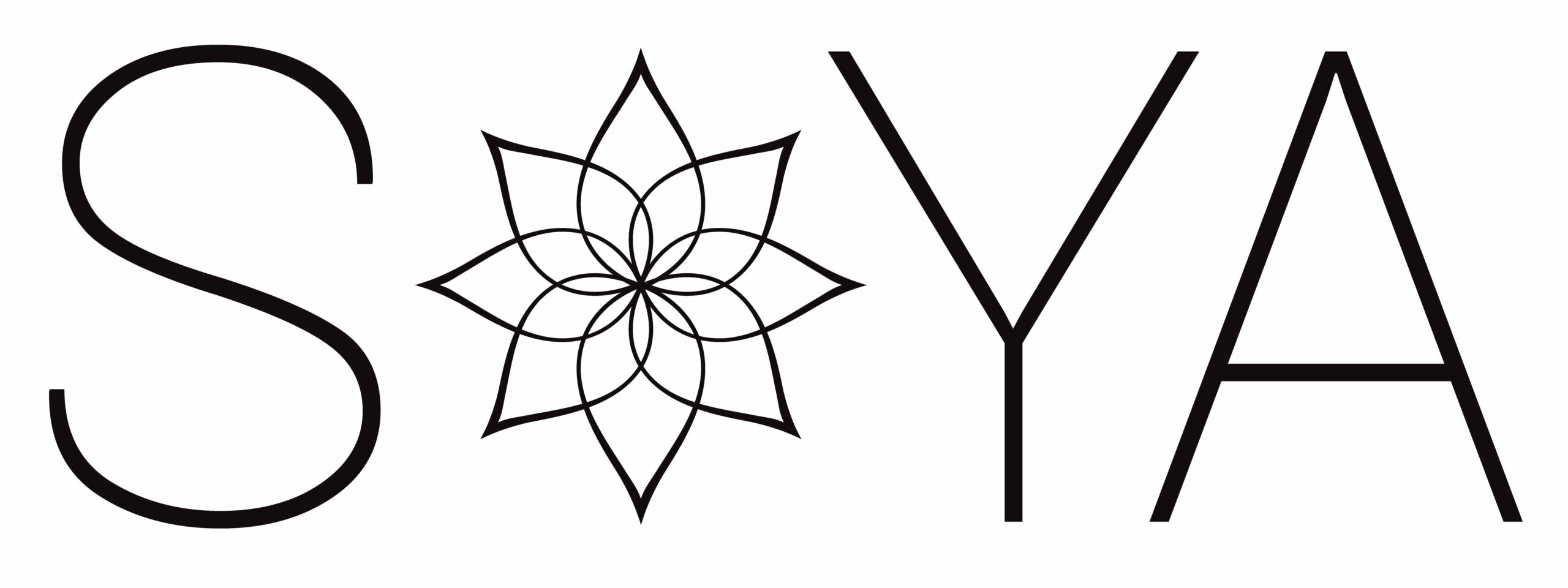
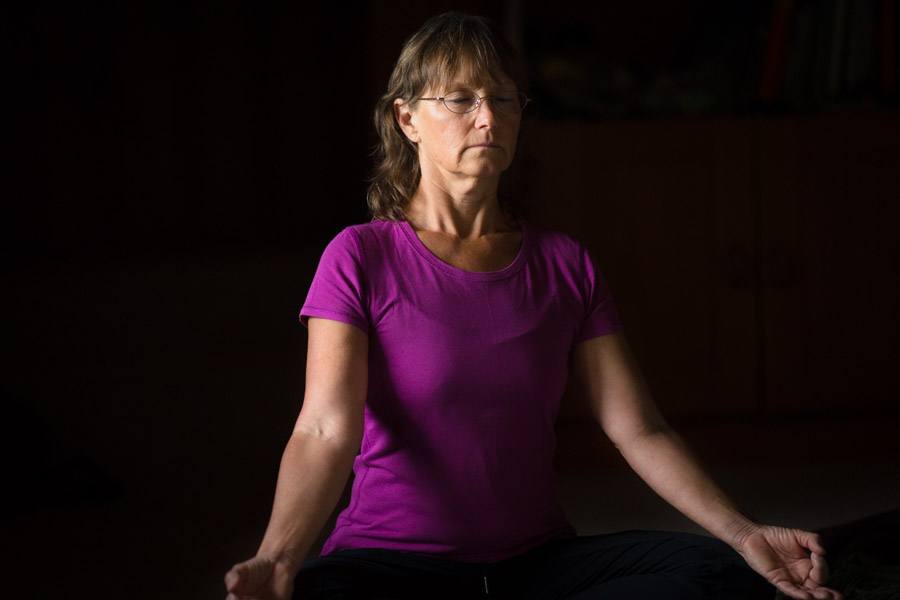
Recent Comments